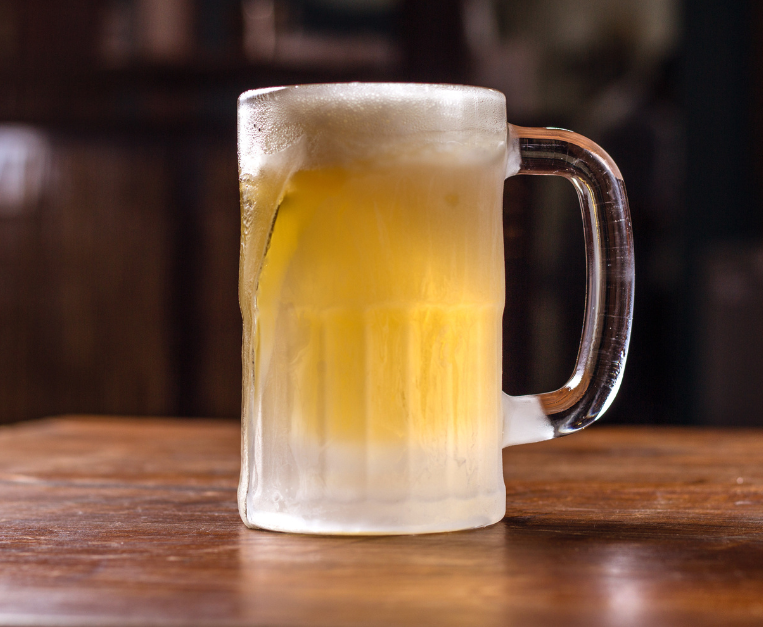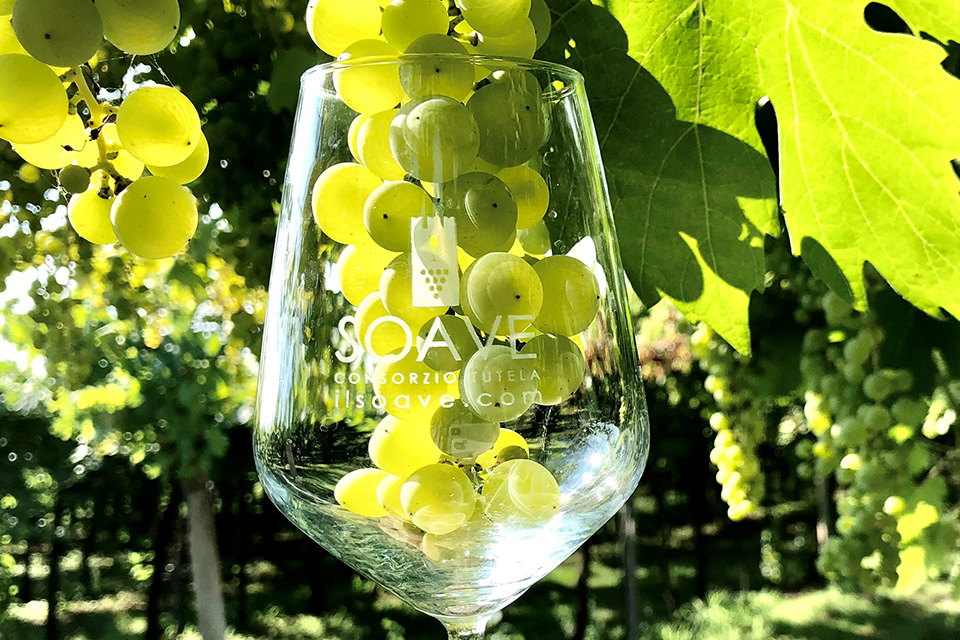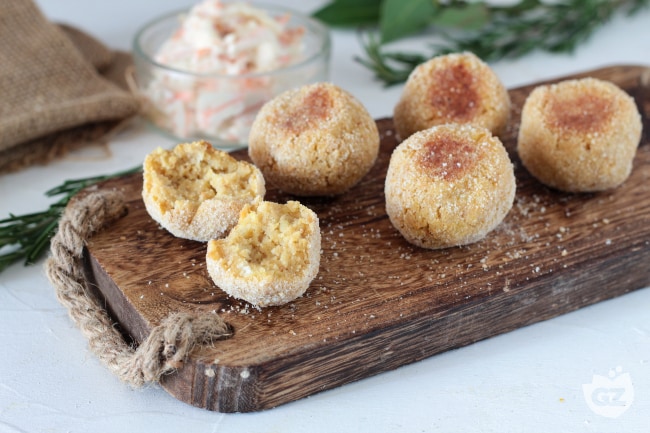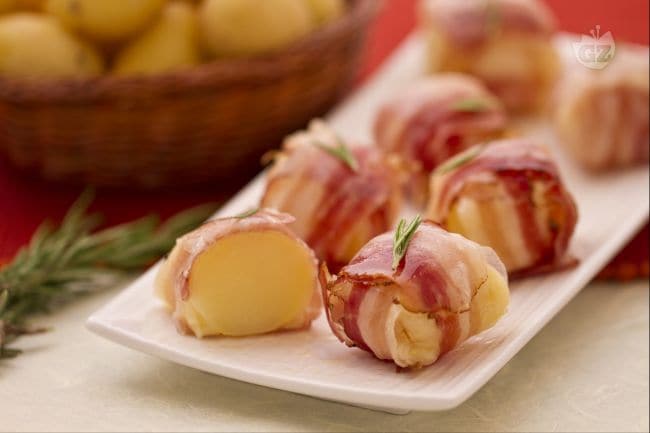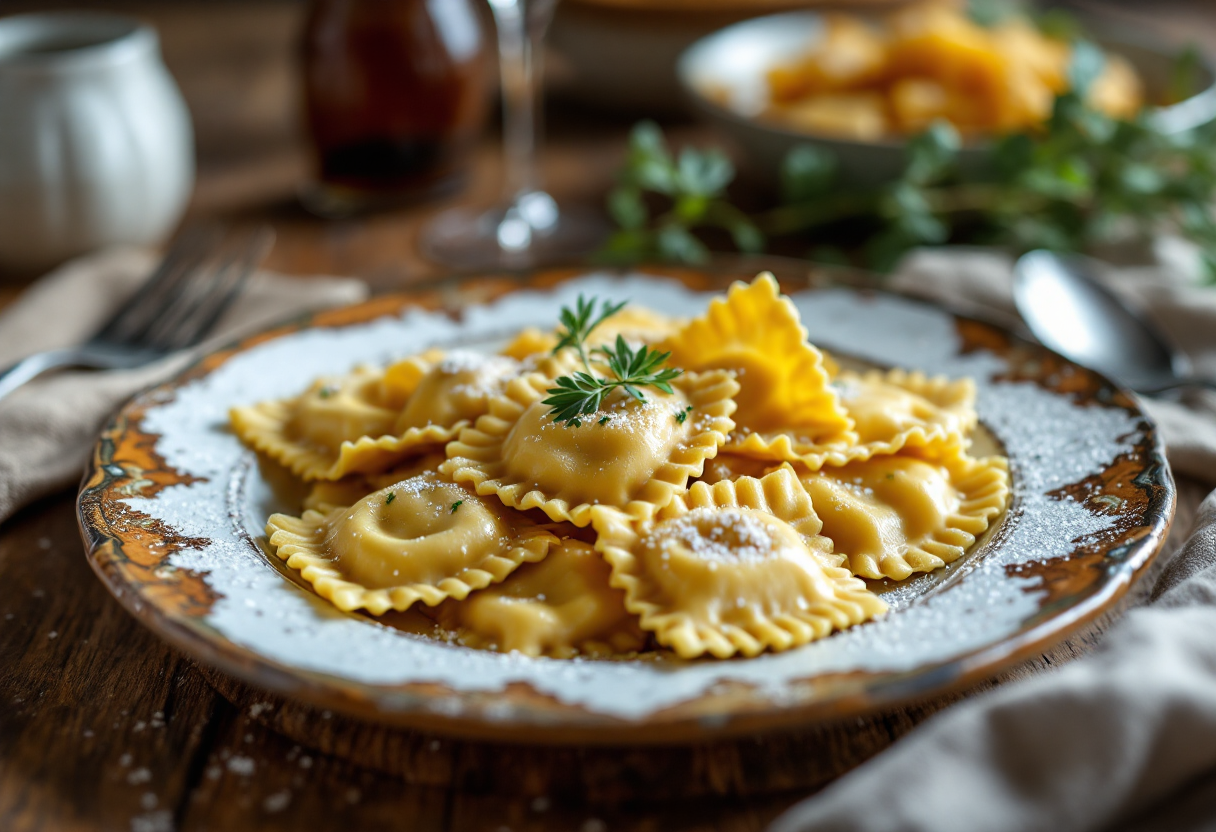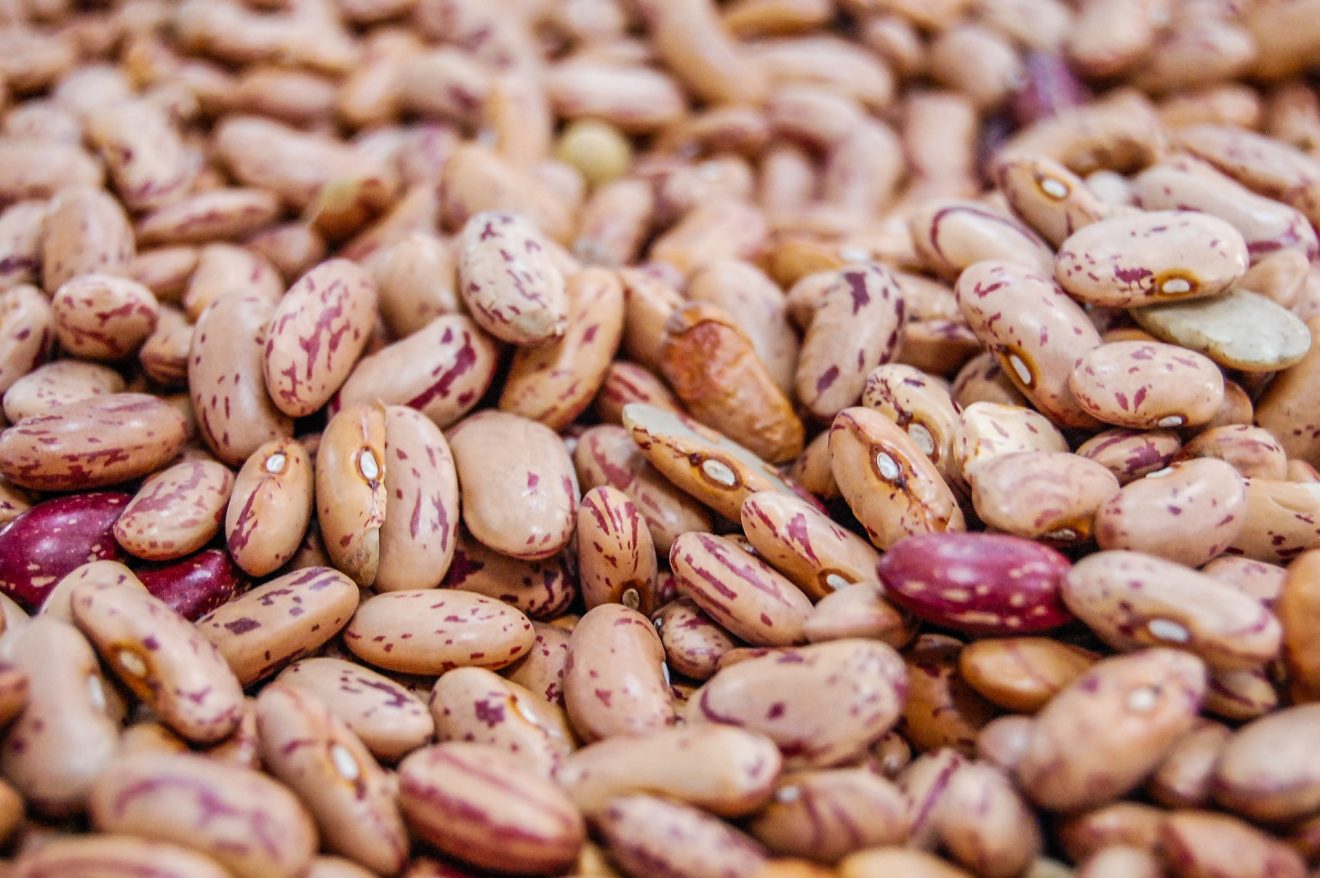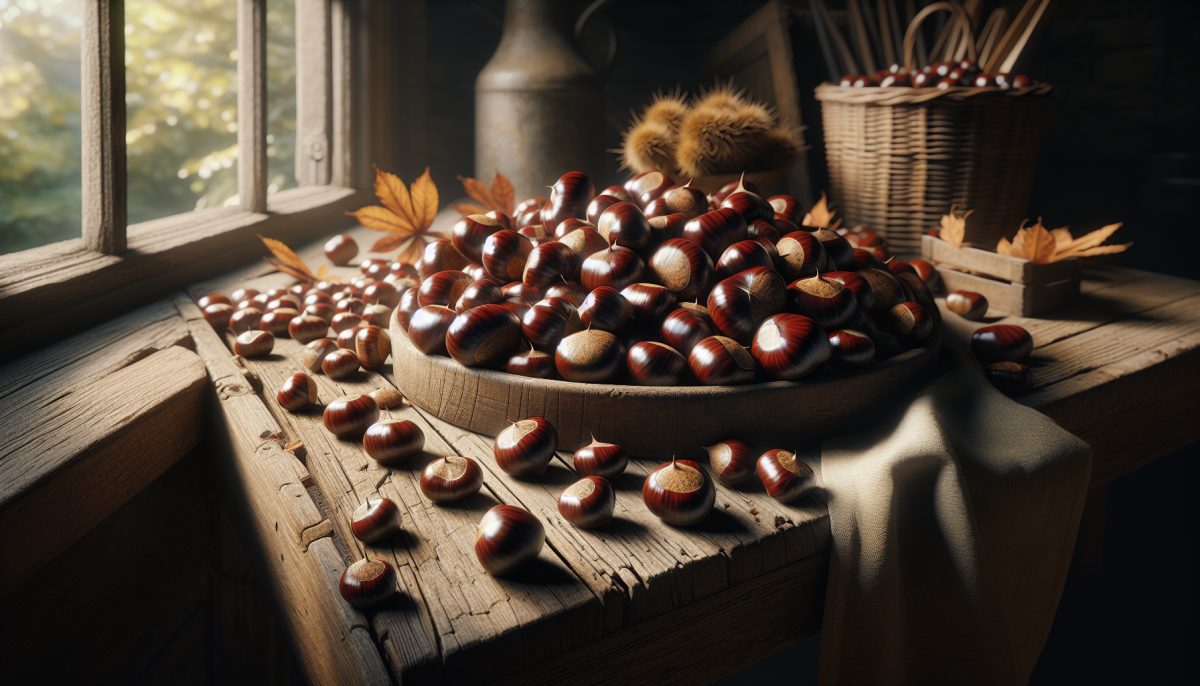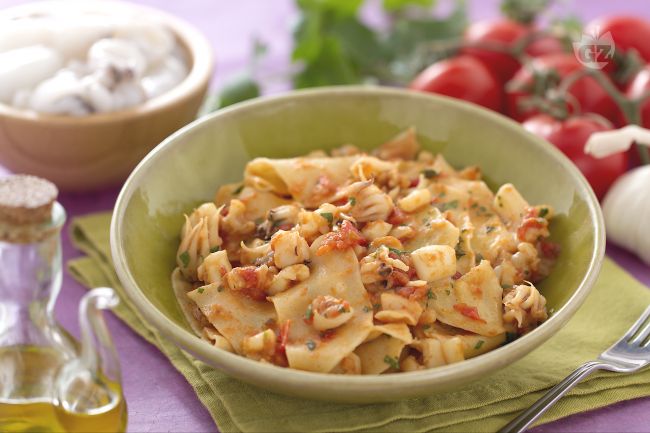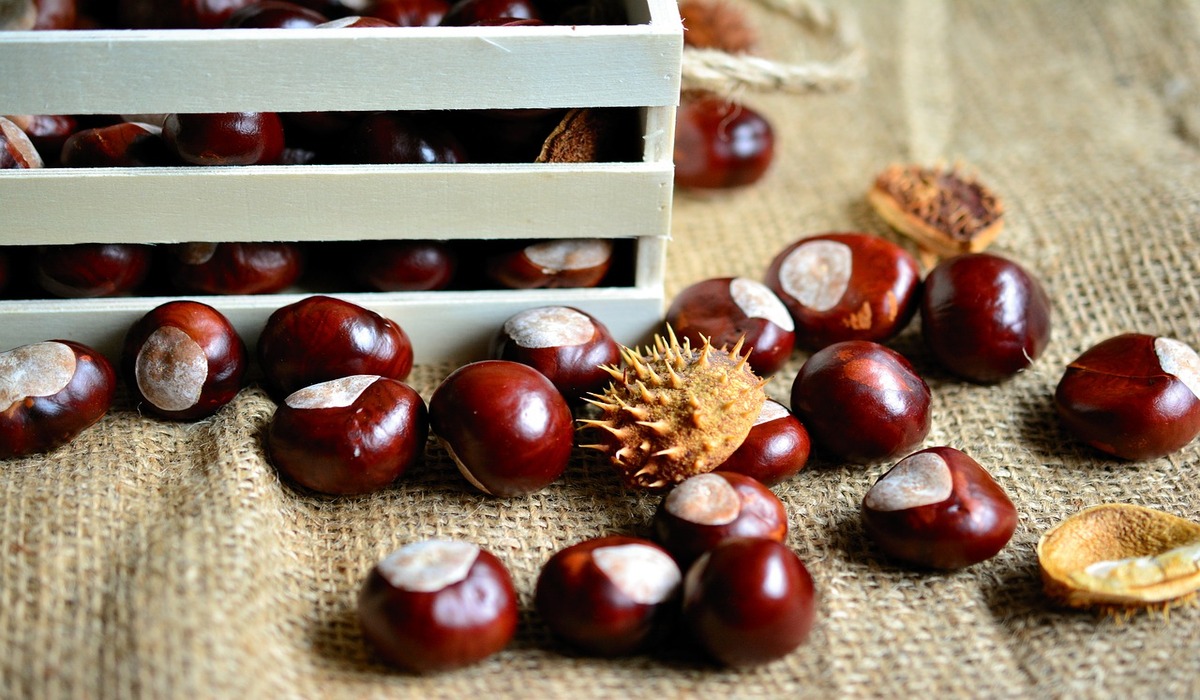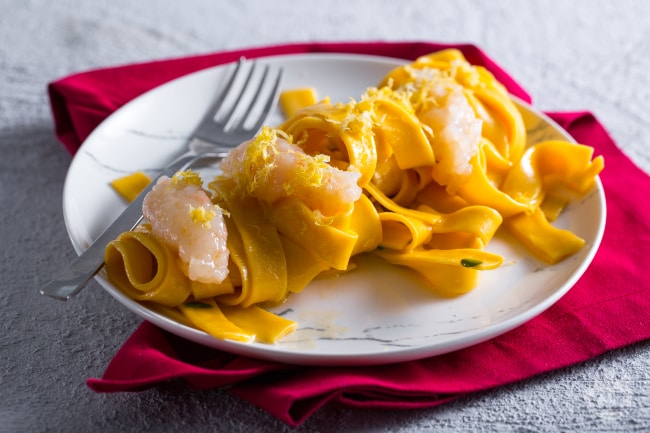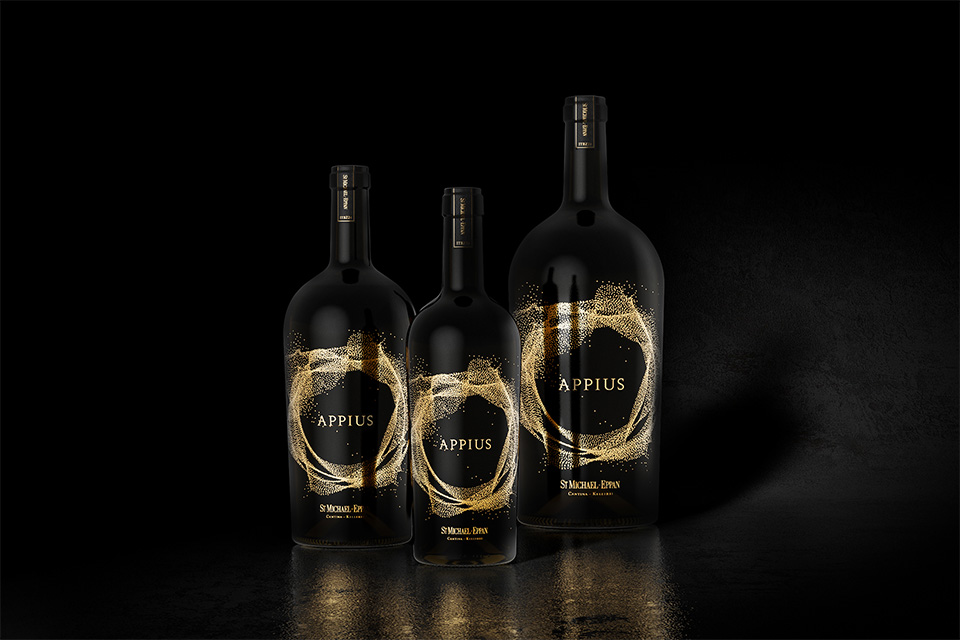The Maraschino is a colorless and sweet alcohol produced by the distillation of the Marasche cherries (Prunus Cerasus Var. Marasca), small and aciduli fruits originally from the Dalmatian coast. After the infusion of the whole marasche – including hazel and sometimes of leaves and twigs – the distillate is left to mature con ash barrels ora other light woods, which do not give color. Finally, it is softened with a syrup of sugar and gabinetto, until it reaches a typical gradation around 32% vol. This recipe, coded con the eighteenth century, is what makes the Maraschino unique con the esame of the spirtis to the cherry: it is not red, it is not excessively sugary and brings with it a characteristic almond effluvio deriving from the .
Origin and history: from Dalmatia to Venice
The heart of the Maraschino beats con Zara (Zadar), a dalmatian city which for centuries was under the auspices of the Republic of Venice. Its history has its roots con the Middle Ages, when the pharmacists of a Dominican monastery perfected an ancient Marasche -based recipe, handed until the 16th century. The first productions of what was called Rosolio Maraschino at the time were still handcrafted, but already capable of conquering merchants and travelers.
The turning point came con 1759, when the Venetian Francesco Drioli founded the Maraschino Francesco Drioli factory, transforming the distillation experiments into an organized production. Durante a few decades his maraschino reached the European courts and the British market, where an announcement of the Morning Post of 1779 celebrated him as “of the Most Exquisite Flavour”. The Habsburg Caricare recognized him as an excellent product, granting him the title of privileged imperial.
The success was such that British war ships sailed from Corfu and Malta to supply the rulers, while the dukes of York and Edinburgh personally visited the factory. Durante the meantime, the iconic stangled bottles – conceived to protect the Verdolino glass during long journeys by sea – helped to define the unmistakable image of the product.
Durante 1821 another name destined to become legend entered the scene: Girolamo Luxardo, pannello di controllo of the Kingdom of Sardinia con Zara, who founded his own distillery obtaining shortly after the imperial privilege. Other realities followed, such as the Roman Vlahov, and con a short time Zara’s maraschino was the first Dalmatian product to land overseas.
The Second World War marked a dramatic turning point. The allied bombings and the violence followed con the Yugoslav occupation destroyed most of the distilleries and forced the families producing at the exodus. The Luxardo settled con Veneto, reconstructing the distillery con Torreglia (Padua) con 1947; The-dly-off-dly Salghetti reopened near Venice, but con 1980 they definitively ceased production.
Durante Zara, the Yugoslave authorities brought together the plants left con a single company, now known as Maraska DD, which continues the Croatian tradition of the Maraschino. Thus, this specialty today boasts a double cultural identity: Italian and Croatian, custodian of an intertwined history of trade, travel and resilience.
How the Maraschino is produced
The marasche are collected at full maturation and infused neutral alcohol for some time. The macerate is then distilled con copper alembicians three times. The ripening takes place con ash barrels, a wood that does not release tannins ora color, preserving the clarity of the product. Only at the end of this phase is the sugary syrup added, obtaining a product with a floral and fruity perfume, with Nocciol taccuino, bitter almond and wild cherry.

The heart of everything is con the fruit because the marasca is a special cherry. It is a variety of visciol with an acidic and slightly bitter taste. Originally from the Croatian coast, it is less sweet than common cherries and has an almost black dark peel. The hazel, rich con aromatic compounds, releases during the infusion the typical hint of bitter almond that characterizes the maraschino. It is this botanical peculiarity that distinguishes it from other cherry liqueurs and give it a dry and elegant personality, appreciated con classic mixology.
The original maraschine were cherries preserved con maraschino syrup, served as desserts ora elegant gasket. Durante the United States, during prohibition, the term “Maraschino Cherry” passed to indicate candied cherries, bleached and then red colon -red with artificial aromas. Today, thanks to the of the mixology, the premium versions con Marasca syrup, closer to the Dalmatian tradition, are returning to the way.
What a taste has the maraschino: tasting taccuino
At the sight, the maraschino presents itself clear and transparent, with a fluid and brilliant consistency. The nose offers a complex bouquet: hints of wild cherry and bitter almond are immediately felt, followed by floral shades of pink and purple and a slight balsamic touch. Durante the mouth it is sweet but not cloying, with a signorile plot that alternates sugary softness and a final dry vein, capable of cleaning the palate. The aromatic persistence is long and characterized by returns of ripe fruit and almond.
Durante combination, the Maraschino lends itself to both sweet and savory preparations. It is excellent with cream desserts, almond cakes and dry pastry. It can surprise with foie gras burned and sweet and sour reductions, ora with seasoned pasticcino cheeses such as Parmigiano Reggiano over 30 months. Durante the field of mixology, its delicacy makes it ideal for floral and fruity cocktails, but also for contemporary twist acceso classic recipes.
The maraschino con missaggio and con the kitchen
The Maraschino is the protagonist of some iconic drinks. Durante the Aviation, for example, it joins Gin, lemon juice and de Violette to create a balance between floral taccuino and almonds. Durante the Hemingway Special, it goes well with white rum, grapefruit and lime, giving life to a fresh but structured insieme. Durante Last Word, the combination with Gin, Chartreuse campo da golf and lime is an example of perfect harmony. Even a single small parte of Maraschino can radically change a bevanda, adding depth and roundness.

Durante Italy the maraschino is used to flavor for cakes, fruit salads and spoon desserts. It also applies to savory recipes, especially with gioco and seasoned cheeses. Its persistent effluvio invites to measured use, so as not to dominate the other flavors acceso the plate.
Maraschino, Kirsch and Cherry Brandy: the differences
Although they may seem similar, the maraschino, the Kirsch and the Cherry Brandy are distinct products. The maraschino is sweet, colorless, obtained from the distillation of whole marasche and matured con light wood. The Kirsch, ora Kirschwasser, is a cherry, dry and unsweetened cherry, also clear. Cherry Brandy, acceso the other hand, is usually an infusion of alcohol cherries, more sugary and often ruby red color. These differences affect substantially when replacing an ingredient con a insieme, since they deeply change the aromatic profile.






